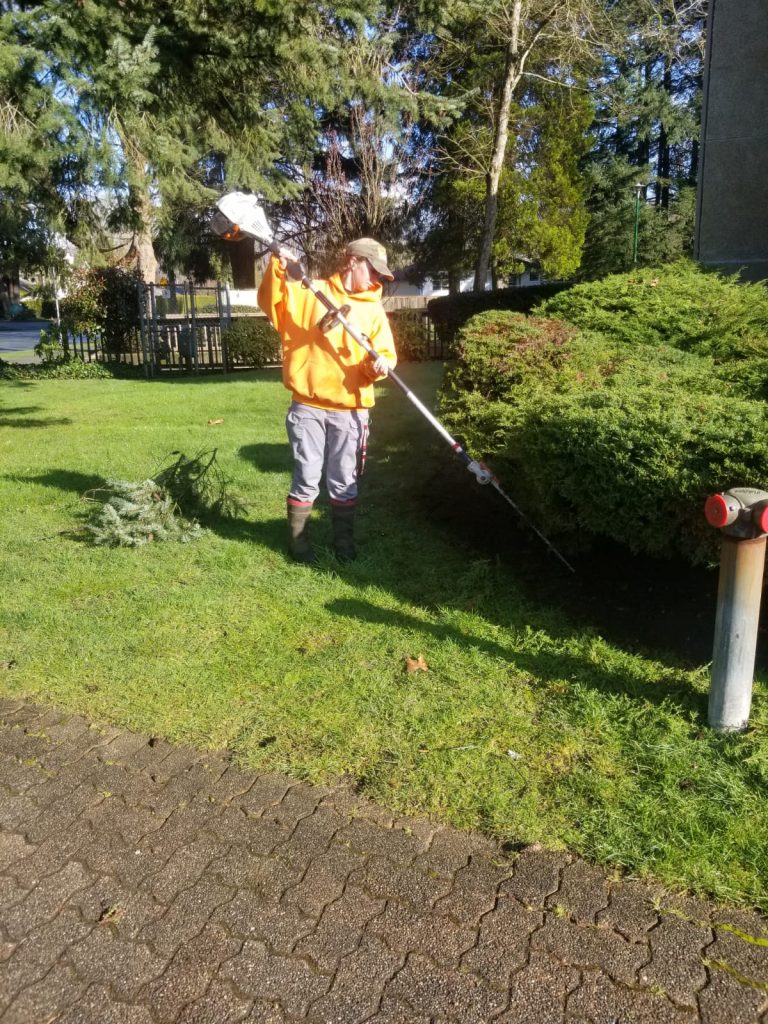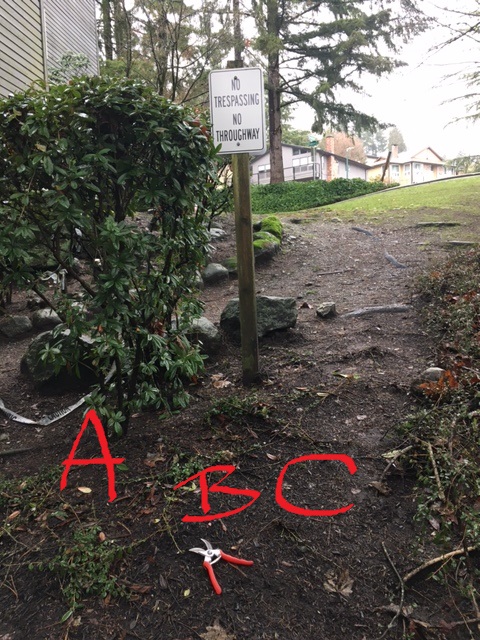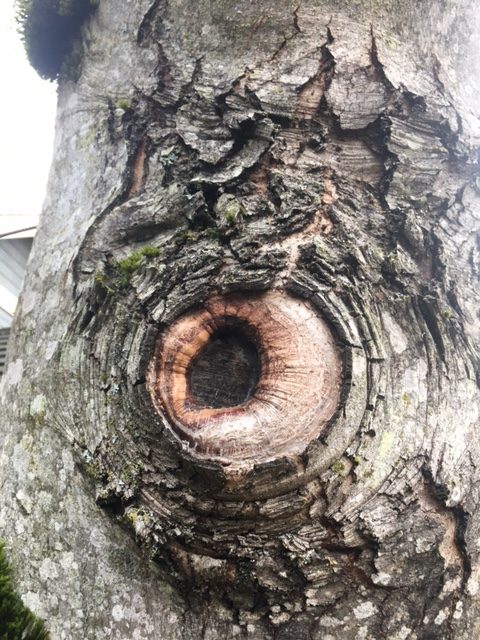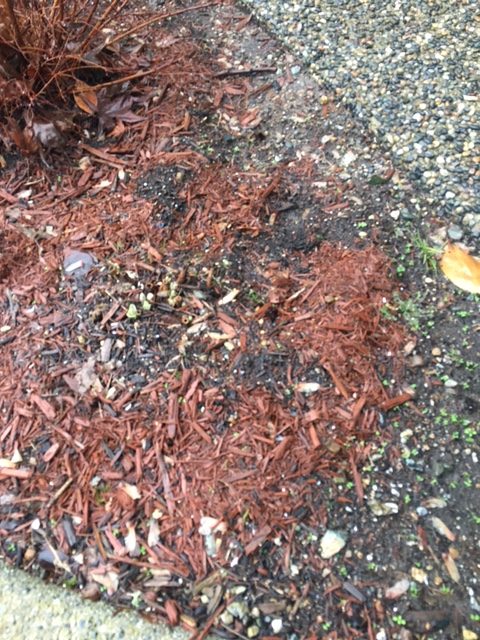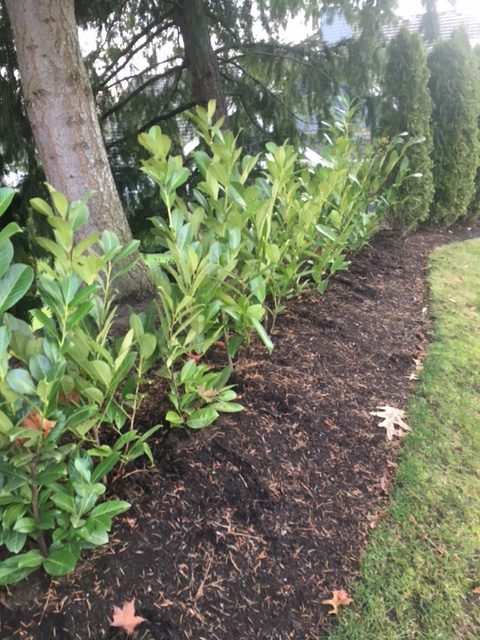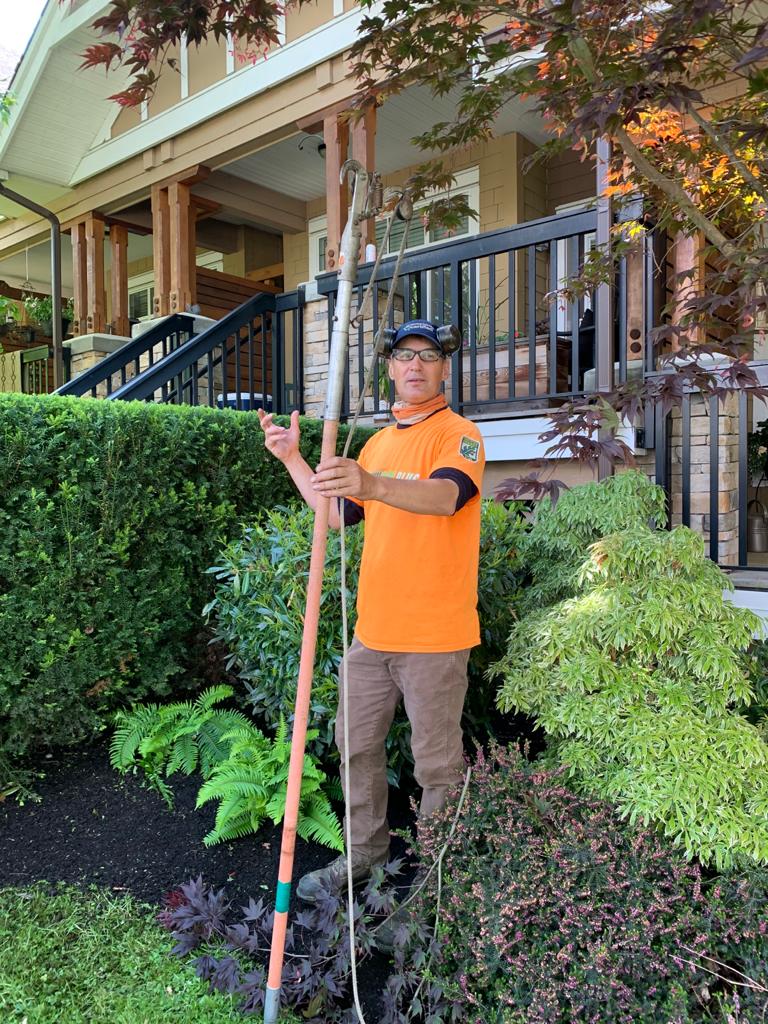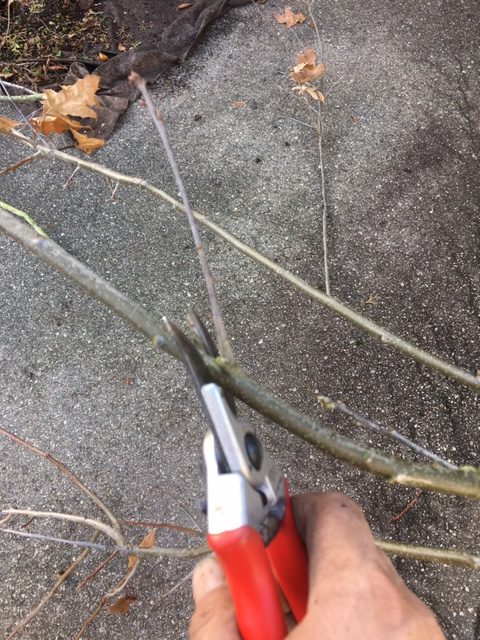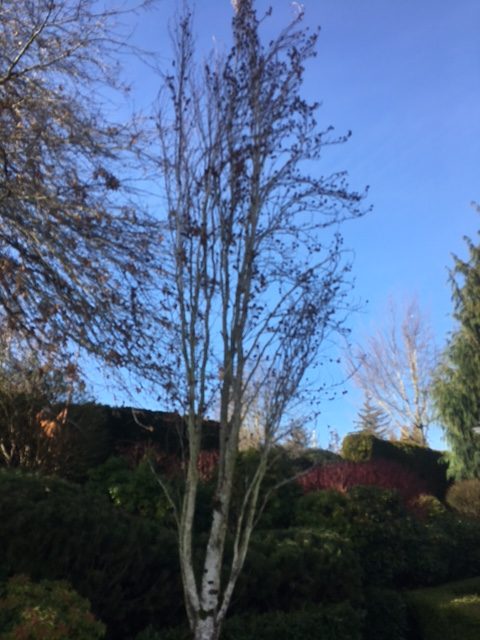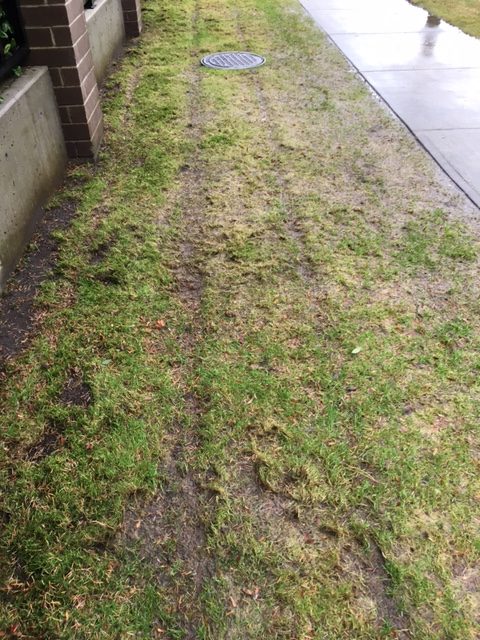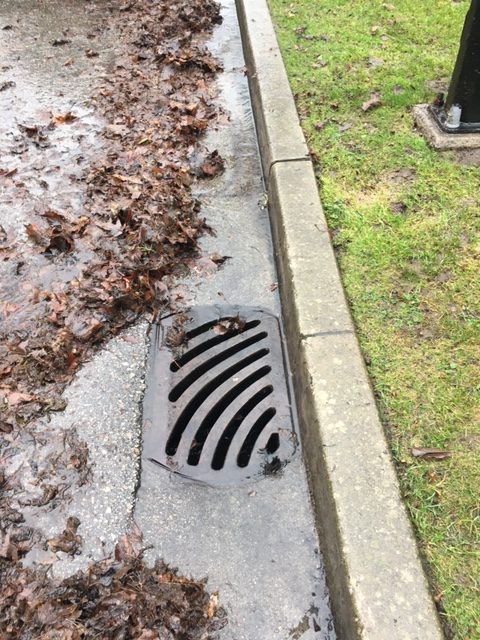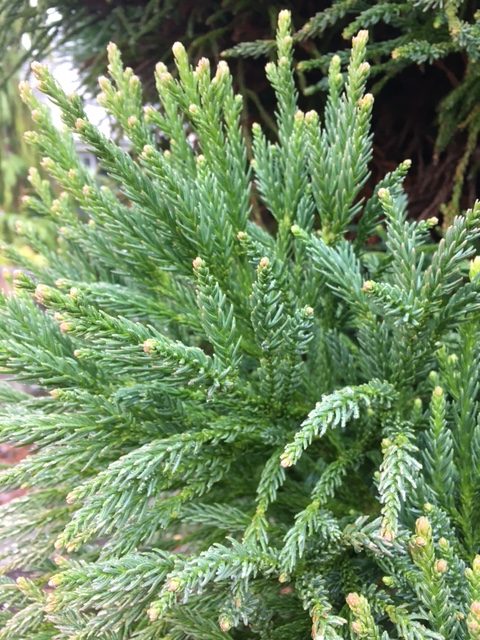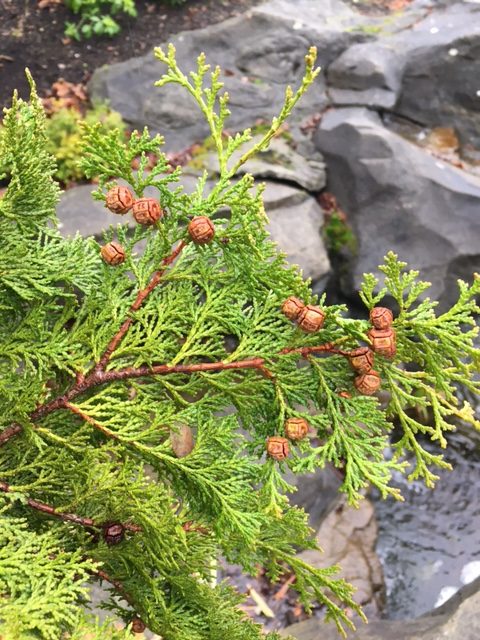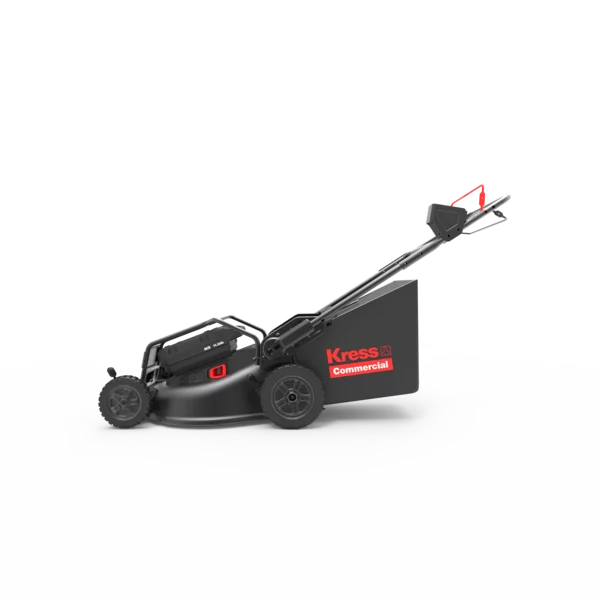New networking rules
When you go to a networking event or work party, it’s normal for people to ask “What do you do?” But this will only lead to work talk and it’s unlikely you will find out any details about your new contact. You will miss out on what David Berkins calls “multiplex ties” in his Harvard Business Review article (Special Issue, Fall 2022, pp.26-27).
If you ask better questions, you can find out that your new contact goes to the same gym or plays online chess on the same server. Perhaps your kids go to the same school or you both like stand-up comedian Bill Burr. These multiplex ties connect you better and can lead to a deeper connection.
Better questions to ask
Here’s a list of questions you can ask instead of the tired “What do you do?”
What excites you right now?
What are you looking forward to?
What’s the best thing that happened to you this year?
Where did you grow up?
What do you do for fun?
Who is your favorite superhero?
Do you support a charitable cause?
What is the most important thing I should know about you?
Meeting Red Seal Vas
Now let’s pretend you’re meeting me at a party and you ask me the second question on the list: what are you looking forward to? I will happily tell you that my day-job boss is moving his landscaping company to a four-day week. It’s a bit of a test but why not try something new? There’s logic to the move.
The four work days will run longer to nine hours per day. If I show up on time and my attendance is perfect, I will get paid for forty hours. Workers who slip up, call in sick a lot or show up late won’t get the full forty hours.
The most exciting part is having three days off. In summer, I suspect this will be gold. I can go visit my sister on her ranch outside Kamloops and drive back on a Monday when traffic is lighter.
I’m also excited about having more time for my landscaping side-gigs. Last year when it got busy with weekend activities and clients demanded service, the weekend was packed. Now with the extra weekday off, there will be less pressure on the weekend. And the potential to make extra income will go up. Now that’s something to look forward to.
The company’s truck fleet will rest for one extra day and there will be fewer staff on the payroll which should improve the company’s finances. The only question mark is how the workers will handle a slightly longer day physically.
Conclusion
Memorize all or some of the questions above and use them next time you meet new people. You could discover that your new contacts have a lot more in common with you.


